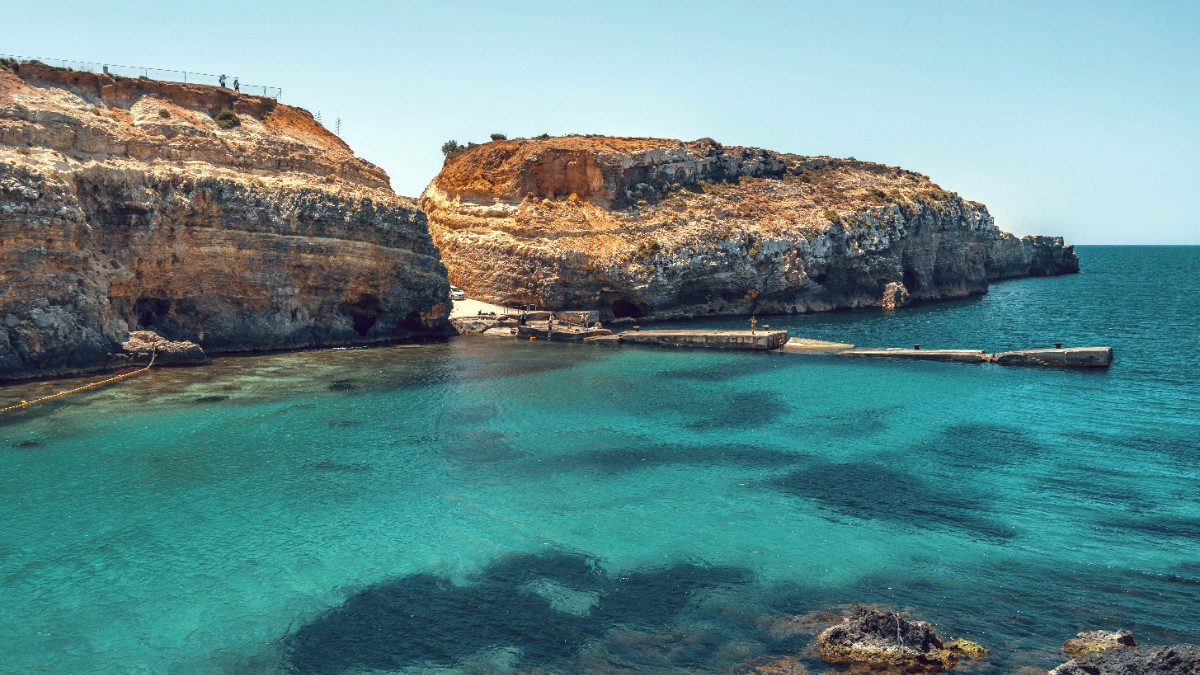
Malta
Gozo, known as Għawdex in Maltese, is the second-largest island within the Maltese archipelago. It lies in the heart of the Mediterranean Sea. This island is located approximately 5 kilometers (3 miles) northwest of Malta, the main island. This separation creates a distinct identity for Gozo, with a slower pace of life. Gozo spans 67 square kilometers (26 sq mi). Its size supports exploration within a few days, yet it remains large enough to present diverse landscapes and attractions.
Its rural nature shows in open spaces, cultivated fields, ancient rubble walls, and sparse vegetation covering much of its interior. Villages are often clustered around hilltops, commanding views.
The fertile valleys support agriculture, providing fresh produce that appears in the local cuisine. Proximity to Malta means access to an international airport and larger urban centers, but Gozo itself stays a haven of quiet.
Gozo's history stretches back over 7,000 years. Evidence of human habitation dates to the Neolithic period. The Ġgantija Temples, located in Xagħra, are an UNESCO World Heritage Site. They represent some of the oldest free-standing structures on Earth, predating both Stonehenge and the Egyptian pyramids.
Over millennia, various civilizations recognized Gozo's strategic position. The Phoenicians established outposts. The Romans followed, marking the land with villas and agricultural practices. Later, Arab influence shaped language and agriculture. The Normans, Swabians, and Aragonese each left their cultural blend.
Knights arrived, fortifying Gozo and recognizing its vulnerability.
Most of Gozo's population was enslaved, leading to increased fortifications.
Gozo faced struggles during this main battle on Malta, adding to fortification efforts.
Administrative changes and infrastructure development, but rural character remained.
Malta and Gozo gained independence, preserving Gozo's distinct heritage.
The Citadel in Victoria, Gozo's capital, is a powerful reminder of the Knights' era. Originally a Bronze Age settlement, the Citadel was heavily fortified, serving as a refuge for the entire Gozitan population during pirate raids and invasions. Its walls still echo with stories of sieges and resilience.
The British period brought administrative changes, but Gozo largely retained its rural character. This long and varied history is visible in every corner of the island: in the ancient temples, the fortified city walls, the Baroque churches, and the traditional farmhouses.
Each stone tells a story of survival, adaptation, and a deep connection to the land and sea, making Gozo a place with a deep and layered past.
Gozo's layered history, from its ancient megalithic structures to its fortified cities, paints a picture of resilience and cultural richness, inviting exploration at every turn.
These details frame what to expect on the island, giving a quick overview of its character.
Gozo offers a compelling mix for any traveler. Its welcoming atmosphere and unique character make it a place many visitors return to again and again.
Approximately 39,000 people (2023), allowing for open spaces and a relaxed pace.
Victoria (Rabat) is centrally located, serving as the island's administrative and commercial hub.
Maltese and English are official. English is widely spoken, easing communication.